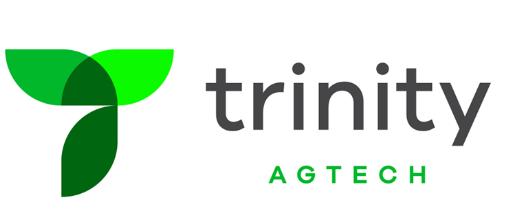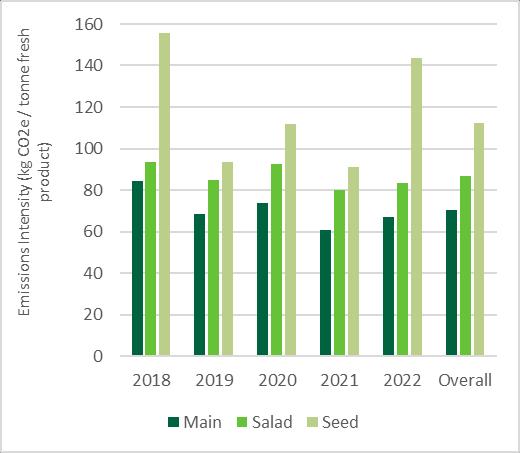
2 minute read
Getting a bit TECHNICAL!
from Produce Times Draft
by Rozita Ramli
Here’s a look at what has been happening in our Technical function…
Greenvale Carbon Project (by Jo Reid, Technical Director)
Advertisement
Over the last 5 months we have been working with a selection of growers to better understand the carbon emissions within our supply chain. To do so we have collected an assortment of data including crop type and variety, operational records, fertiliser information, and fuel for machinery and storage. The biggest challenge so far has been collecting data at the level of detail which the Trinity AgTech tool requires. For example, growers do not tend to record fuel usage for each field, which reduces the accuracy of results at this level. On the positive side, becoming aware of this means we can work with growers to improve how data is recorded, helping to increase the accuracy of results and by extension the location of carbon hotspots. Continually improving our processes increases our understanding of how we can help growers to adopt more sustainable practices for cultivating potatoes in future.

We are now at the stage where individual results are being shared with growers through a report, outlining the carbon footprint of their farms for each year data has been submitted. This will provide a baseline which can be used to measure the reduction of emissions in the future. We will also be holding an in-person results meeting with the growers in early April. This will provide us the opportunity to share the overall project findings, answer any questions and outline next steps for the project.
Sam Kendrick will finish his MDS placement with us on 14th April and I would like to thank him for the fantastic job he’s done to pull together a huge amount of information from the growers involved in the project.
But the project doesn’t end there – we still have a lot to achieve in 2023! Our next step is to set up a carbon working group to review all of the data we have collected, and from there develop an environmental strategy for Greenvale which will include carbon reduction targets. To support and drive our environmental and carbon agenda we will welcome Hollie Earles to the team at the end of April, in the newly created role of Sustainability Executive. Hollie will report to me and I’m sure you will join me in welcoming her to the business.
Carbon Project Data – Some Facts!
• 10 growers across England and Scotland
• 5 years of cropping (2018 – 2022)
• 1,004 fields
• Over 50 varieties
• 9,722 hectares
• Over 320,000
Tonnes
What does our carbon data look like?

So that we can compare the carbon footprint of different varieties and growers we need to understand the ‘emissions intensity’ – this is the amount of different greenhouse gasses produced (expressed as kg of C02e) per ton of potatoes or by hectare of potatoes grown. The charts below show the emissions intensity for main crop, salad and seed potatoes.












